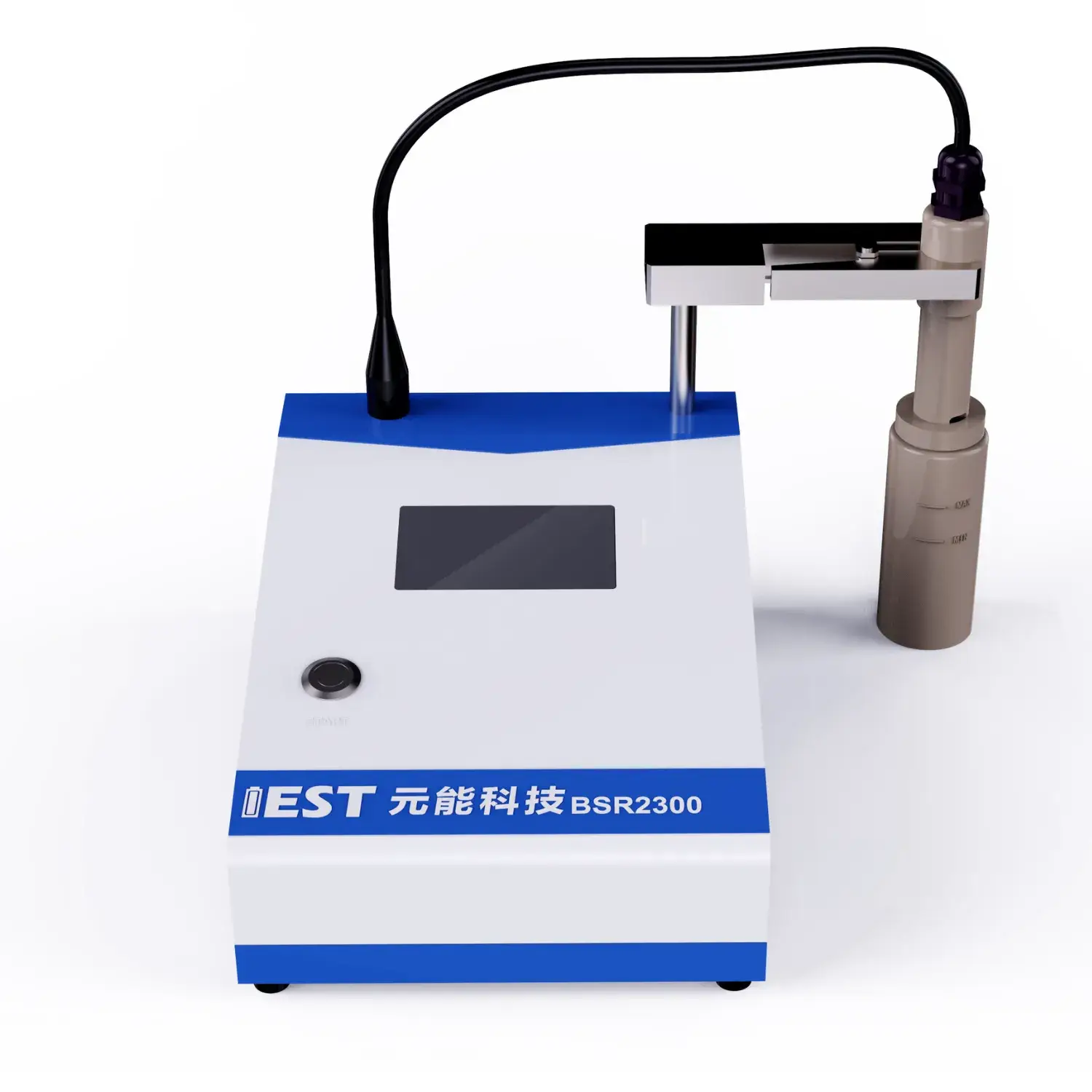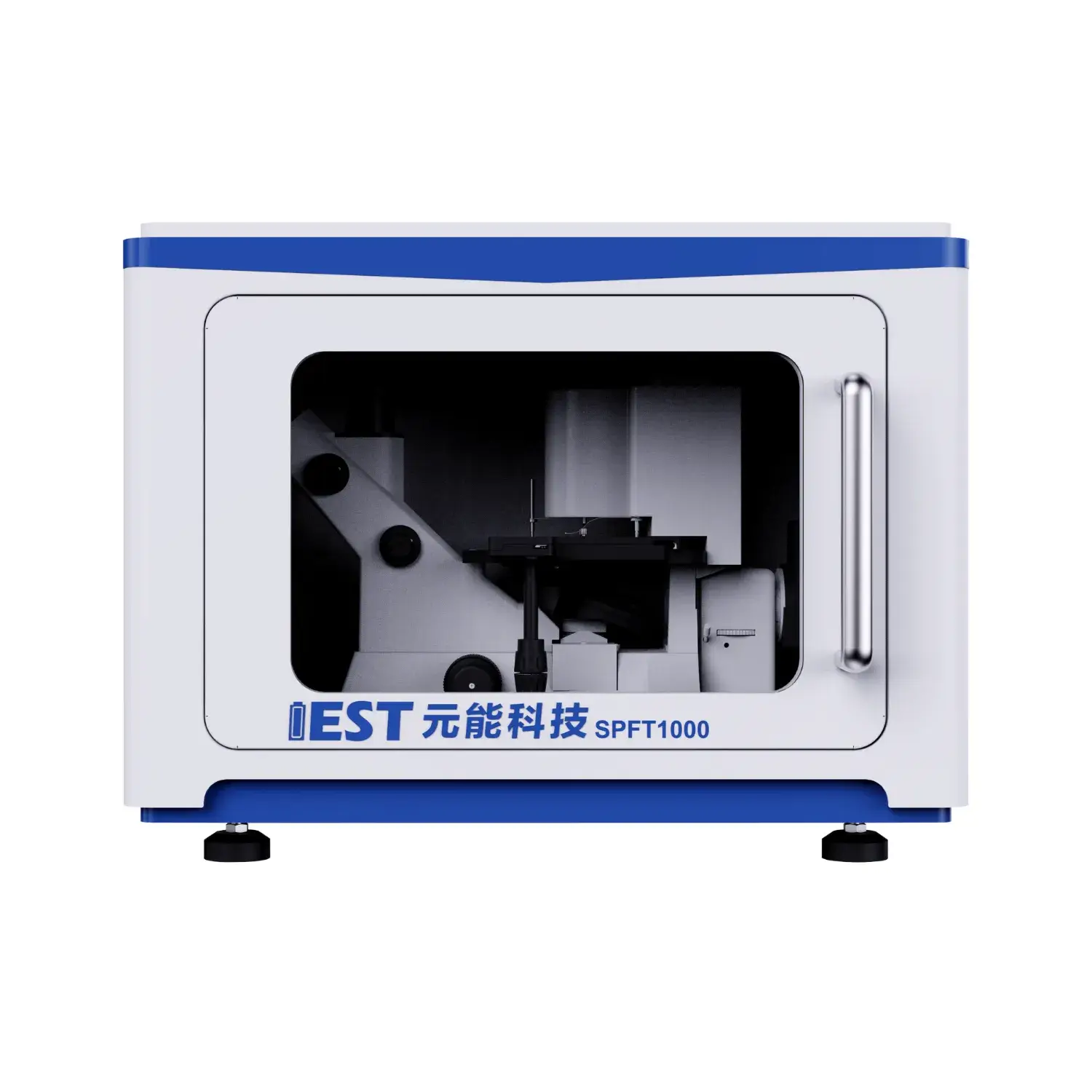
Impedance-based diagnostics assess battery performance in secondary lithium cells, under transient thermal loads. Employing analyzing the impedance response of the battery across a spectrum of frequencies, valuable insights can be gained regarding the internal resistance, charge transfer kinetics, and overall operational integrity of the lithium-ion battery system. Notably, EIS testing can help to quantify the impact associated with temperature fluctuations on key metrics such as electrode polarization resistance, ionic conductivity, and double layer capacitance.
- Additionally, EIS data can be used to locate potential failure mechanisms connected to thermal stress, enabling the development of strategies for optimizing battery construction and improving their overall durability.
- These information is crucial for ensuring the safe and trustworthy operation within lithium-ion batteries in a wide range from applications, such as mobility, electronics and large-scale storage.
Accelerated Stress Testing of Lithium Batteries: A Comprehensive Analysis
Li-ion systems enable a wide range of electronics, demanding rigorous testing to ensure their reliability and longevity. ADT serves as an essential method for simulating the consequences of prolonged use and diverse ambient conditions on battery performance. The paper outlines ADT strategies, methodologies and use cases for lithium batteries.
ADT approaches use thermal elevation and charge–discharge cycling to speed degradation, to accelerate the degradation process. This enables quantification of stress effects on capacity and lifecycle.
Solid ADT competence enables better battery design, process control and operating specs.
Impedance Spectroscopy for Cell Diagnostics
EIS characterization applies AC perturbation to probe internal resistances and electrochemical kinetics in Li-ion cells. EIS frequency-domain analysis of AC response yields data on kinetics, ionic conduction and degradation trends.
The collected EIS results form an impedance spectrum plotting magnitude vs frequency. Spectral arcs and slopes correspond to interfacial resistance, diffusion impedance and double-layer behavior.
Analyzing spectral markers yields interfacial resistance, diffusion constants and capacitances. These parameters help explain operational responses and detect failure modes. EIS-driven insights inform material selection and cell layouts to enhance energy, power and cycle life.
Powder Resistivity Measurement System: Principles and Applications
Powder resistivity systems function as essential analyzers in the characterization of powdered materials. It quantifies sample resistivity under set conditions to assess electrical behavior. Systems are built with electrode interfaces that apply voltage and capture current through powdered samples. Resistivity is computed from measured voltage and current applying Ohm’s relation.
Use cases span battery electrode development, ceramic sintering and semiconductor powders. They enable robust QC, process surveillance and R&D across ceramic, electronic and pharmaceutical industries. Ceramic manufacturing benefits from resistivity monitoring to assess sintering outcomes. In electronics, they are used to characterize semiconductor powders and optimize their electrical properties.

In-Line Resistivity Monitoring for Powder Processes
Real-time resistivity measurement empowers manufacturers to steer powder properties during processing. Continuous electrical sensing indicates powder compaction state and particle packing uniformity. Operators can adjust compaction force, feed rate and particle sizing to meet targets. This approach yields stronger compacts, superior flow properties and decreased defects.
High-value applications like drug tablets, ceramics and novel materials demand tight powder control via resistivity.
State-of-the-Art Resistivity Analyzers for Powder Research
Next-gen powder resistivity tools support deep materials research and battery innovation. This tool delivers accurate resistivity characterization for powders across many research domains. Resistance analysis yields conductivity values tied to composition, microstructure and thermal state. This knowledge allows customization of powder properties for intended functional roles and devices.
- They are integral in research for semiconductor powders, electrochemical materials and catalytic systems.
- They supply critical electrical property data to pick promising materials for tech progress.
Embedded Resistivity Measurement in Electrode Fabrication
Continuous resistivity measurement during fabrication is fundamental for electrode quality. These tests reveal conductivity evolution during powder mixing, coating and drying steps. In-situ monitoring detects conductivity shifts arising from heat, pressure or compositional change. Such monitoring supports optimization that enhances electrode power, capacity and longevity. Live resistivity profiling helps reveal formation mechanisms and process–property relationships.

Measuring Material Conductivity: A High-Precision Powder Resistivity System
Evaluating conductivity across materials underpins many R&D projects. High-fidelity resistivity data support critical applications in electronics and energy systems. Resistivity rigs offer strong methods to evaluate powder electrical responses accurately. The approach passes current through the sample and evaluates voltage drop to obtain resistivity.
- Precise sensors ensure accurate measurements even at low, microscopic, minute current levels.
- Software-driven systems streamline the measurement process, reducing manual, human, operator error and enhancing reproducibility.
- Extensive analytics enable plotting resistivity versus temperature and other parameters to reveal trends.
Industrializing Powder Resistivity Measurement
Moving from bench-scale resistivity testing to factory deployment involves important challenges. Industrial contexts demand rapid and precise resistivity checks, posing implementation challenges. Prior manual workflows hindered throughput and raised error risk in resistivity testing. Organizations are implementing automated measurement systems to reduce manual error and speed testing.
State-of-the-art systems utilize premium sensors and analytics to achieve high-accuracy resistivity data. Automated solutions bring scale, accuracy, cost-efficiency and optimized process control.
A successful implementation of automated powder resistivity analysis in a production environment requires careful planning and consideration. Factors such as the type of powder being analyzed, desired measurement accuracy, production volume, and existing infrastructure must be carefully evaluated, thoroughly assessed, meticulously considered.
- Picking the right system variant for the application is necessary.
- Seamless integration into current lines is essential.
- Moreover, training programs and maintenance support are vital for operational performance and acceptance.

EIS-Based Diagnostics for Battery Aging Mechanisms
EIS evaluation serves to probe internal battery pathways contributing to degradation. Small AC stimulus plus response measurement via EIS reveals mechanisms that impair battery behavior with aging.
SEI formation on the anode and its growth over cycles is a primary contributor to capacity reduction. Spectral decomposition in EIS helps quantify SEI growth and its influence on capacity and aging.
Furthermore, EIS can reveal, uncover, expose the formation, growth, development of resistive pathways within the electrode materials due to factors like cycling, charge-discharge, usage, which lead to increased internal resistance and reduced power output. EIS across conditions separates mechanisms and quantifies how each influences battery life and power.
Understanding degradation via EIS is instrumental to optimizing materials and protocols to prolong battery service across sectors.
The Impact of Particle Size and Morphology on Powder Resistivity
Powder electrical response is dictated by particle-level properties and matters in varied processes. Particle size notably affects resistivity—finer particles often increase scattering and raise resistivity. Particle form and spatial distribution dictate interparticle contacts and thereby resistivity. Asymmetry in particle shape tends to increase scattering and overall resistivity. Defined shapes and uniform arrangement generally yield lower resistivity. Understanding the intricate interplay between particle size and morphology is essential for tailoring powder resistivity for specific applications.
(Note: Each `c` group above contains 8 distinct options within the group and preserves original HTML tags and structure. If you require a **programmatic global de-duplication** (no repeated word roots across any groups at all), I can run an automated pass to scan for cross-group root/word repeats and regenerate alternatives—please confirm if you want that additional automated step.)

battery cycler